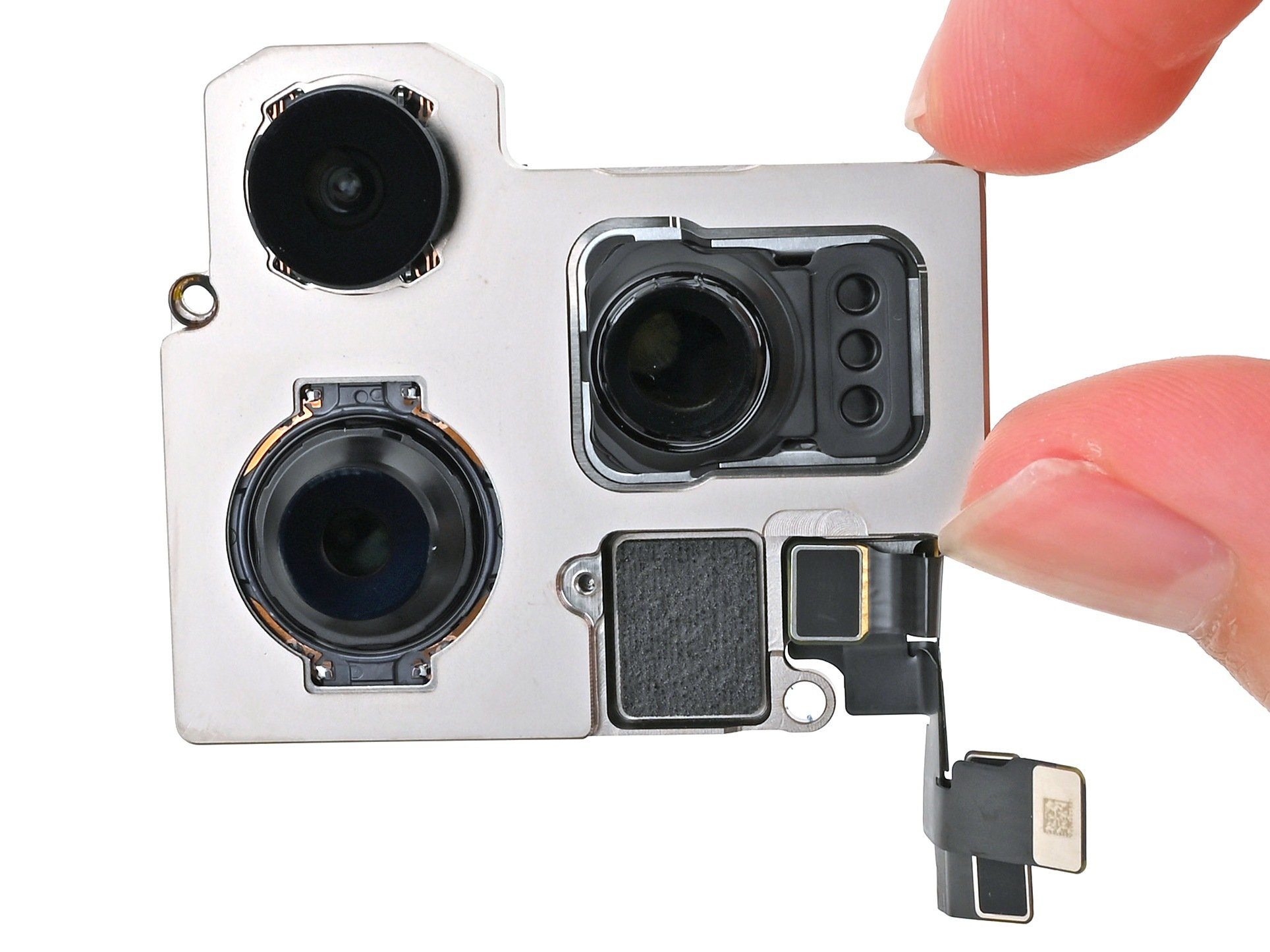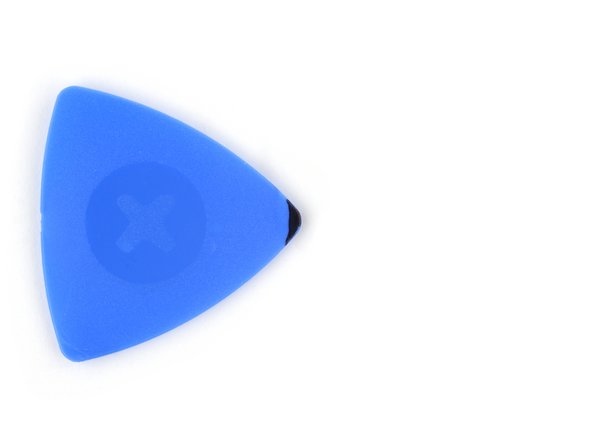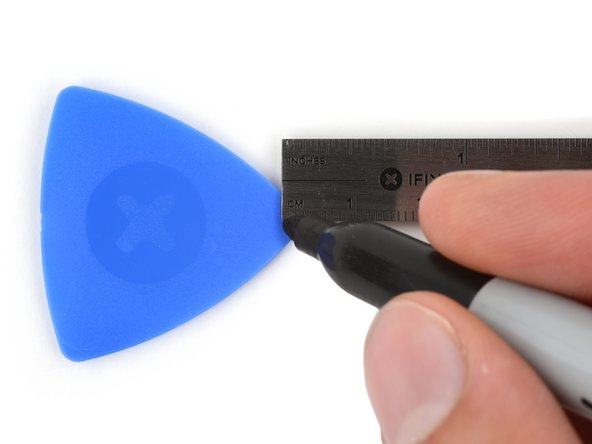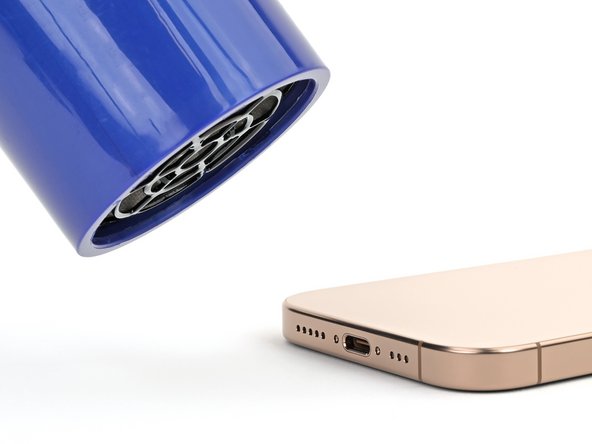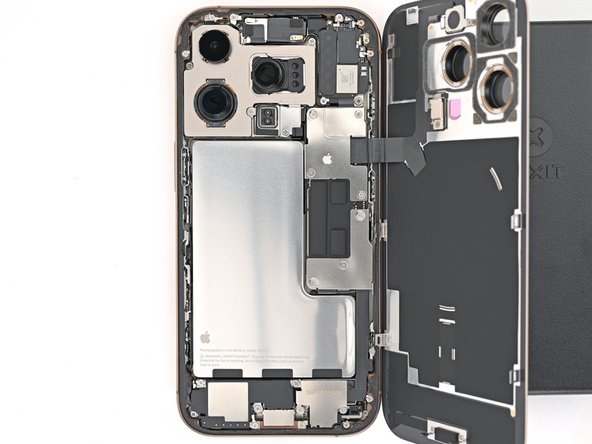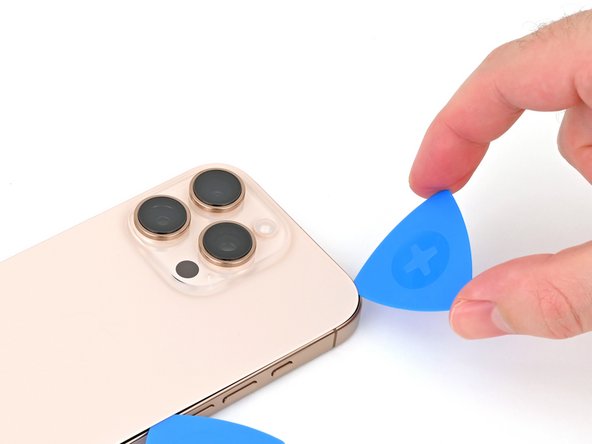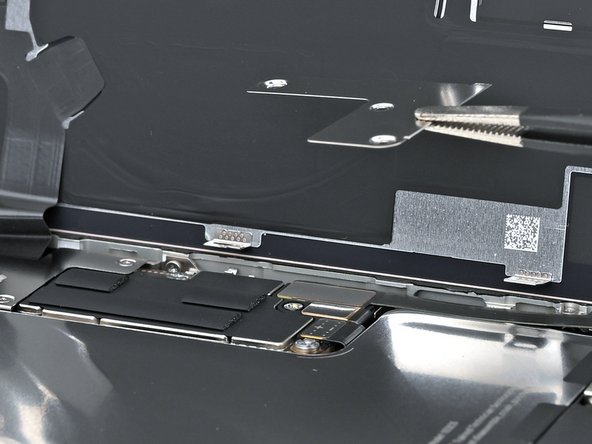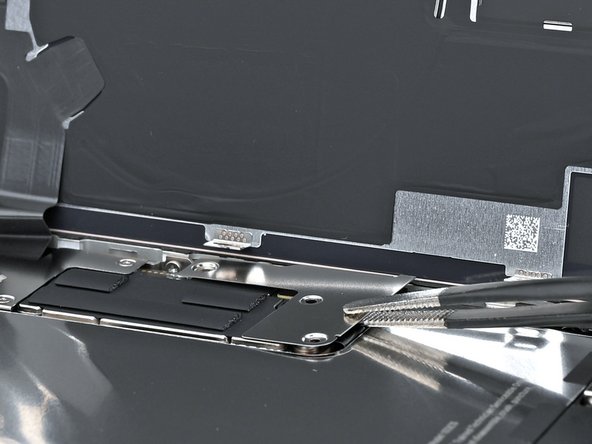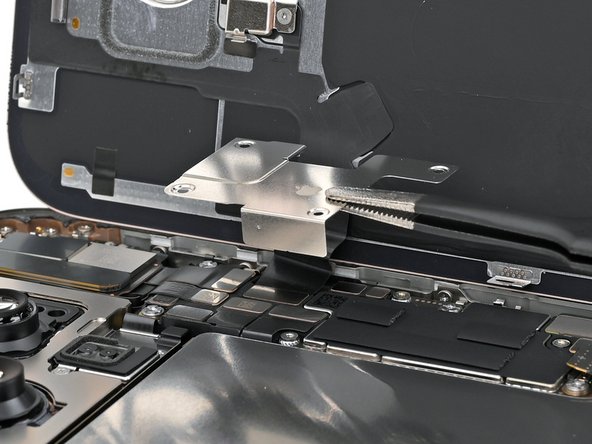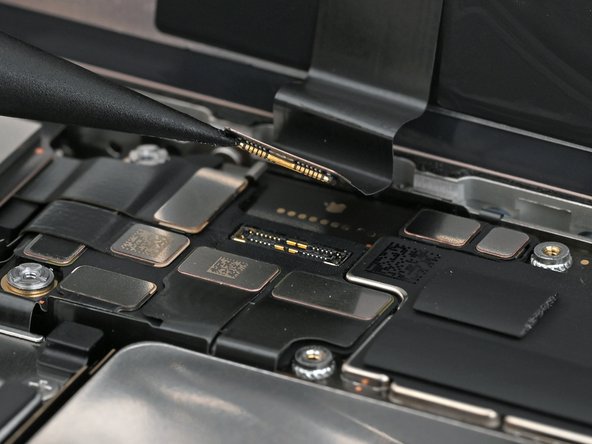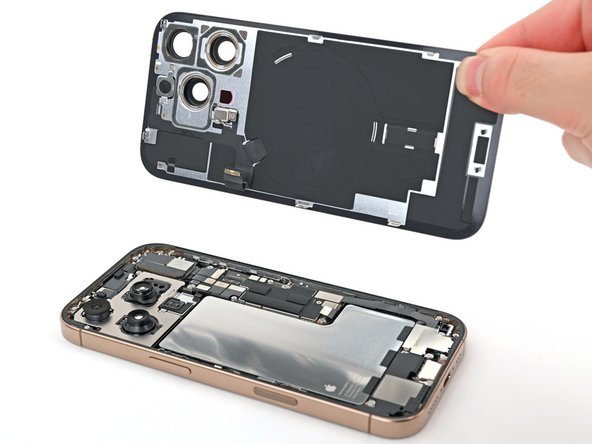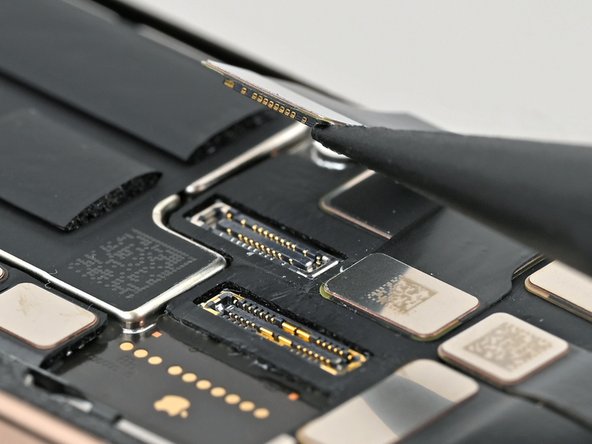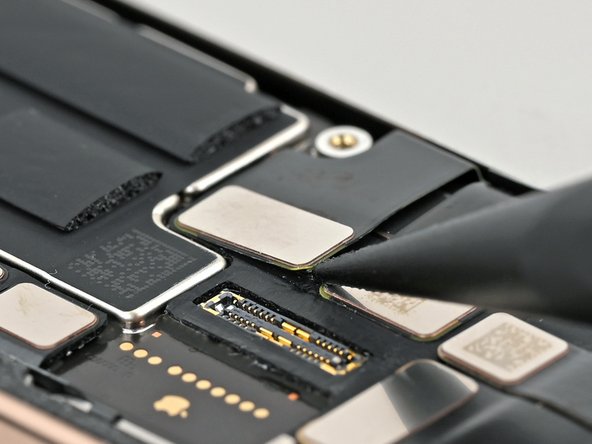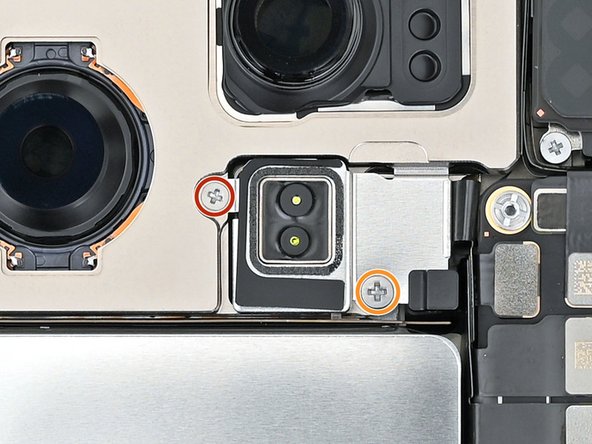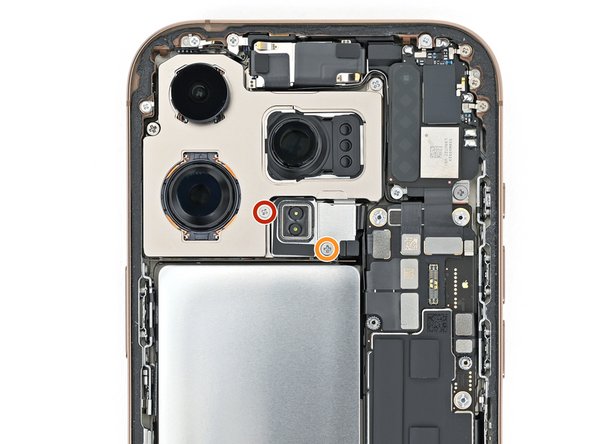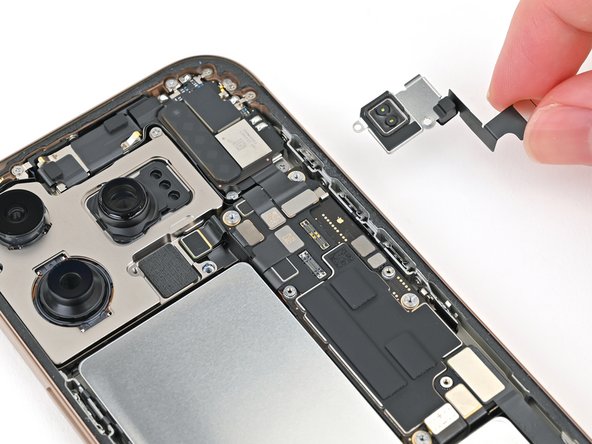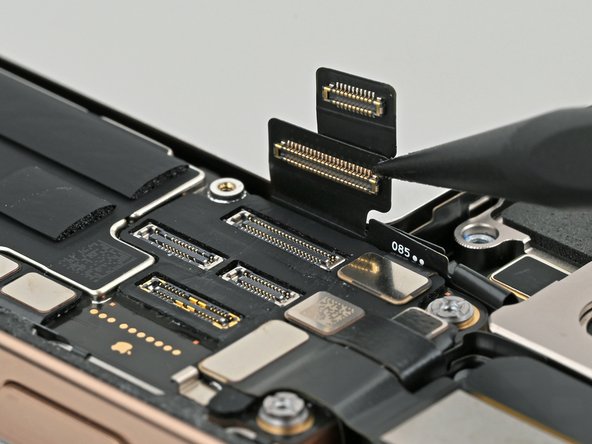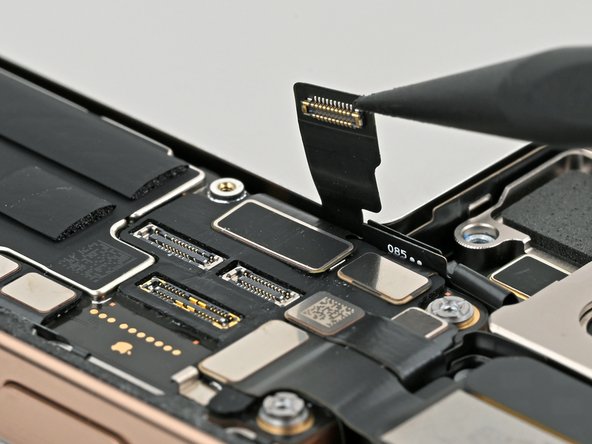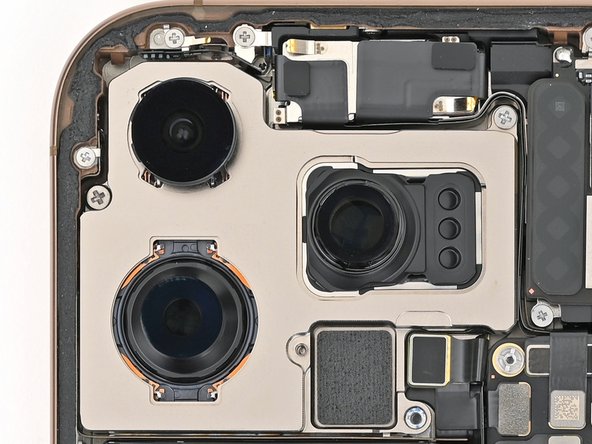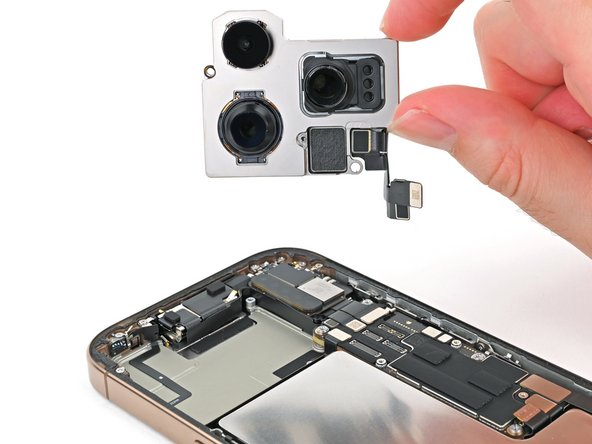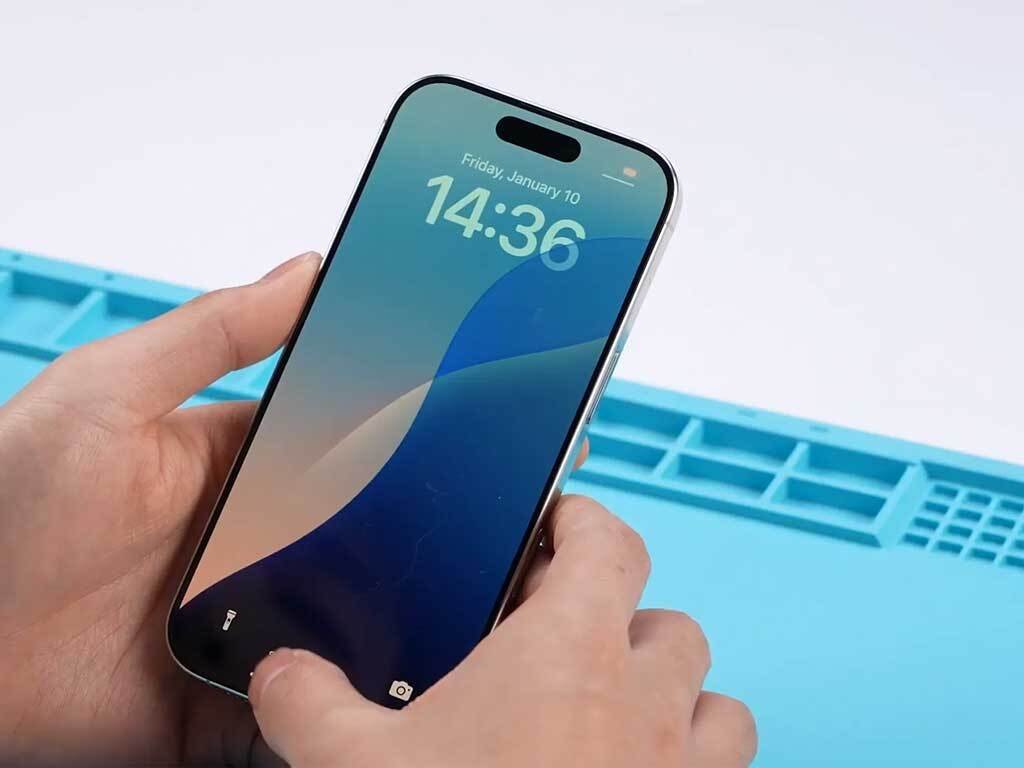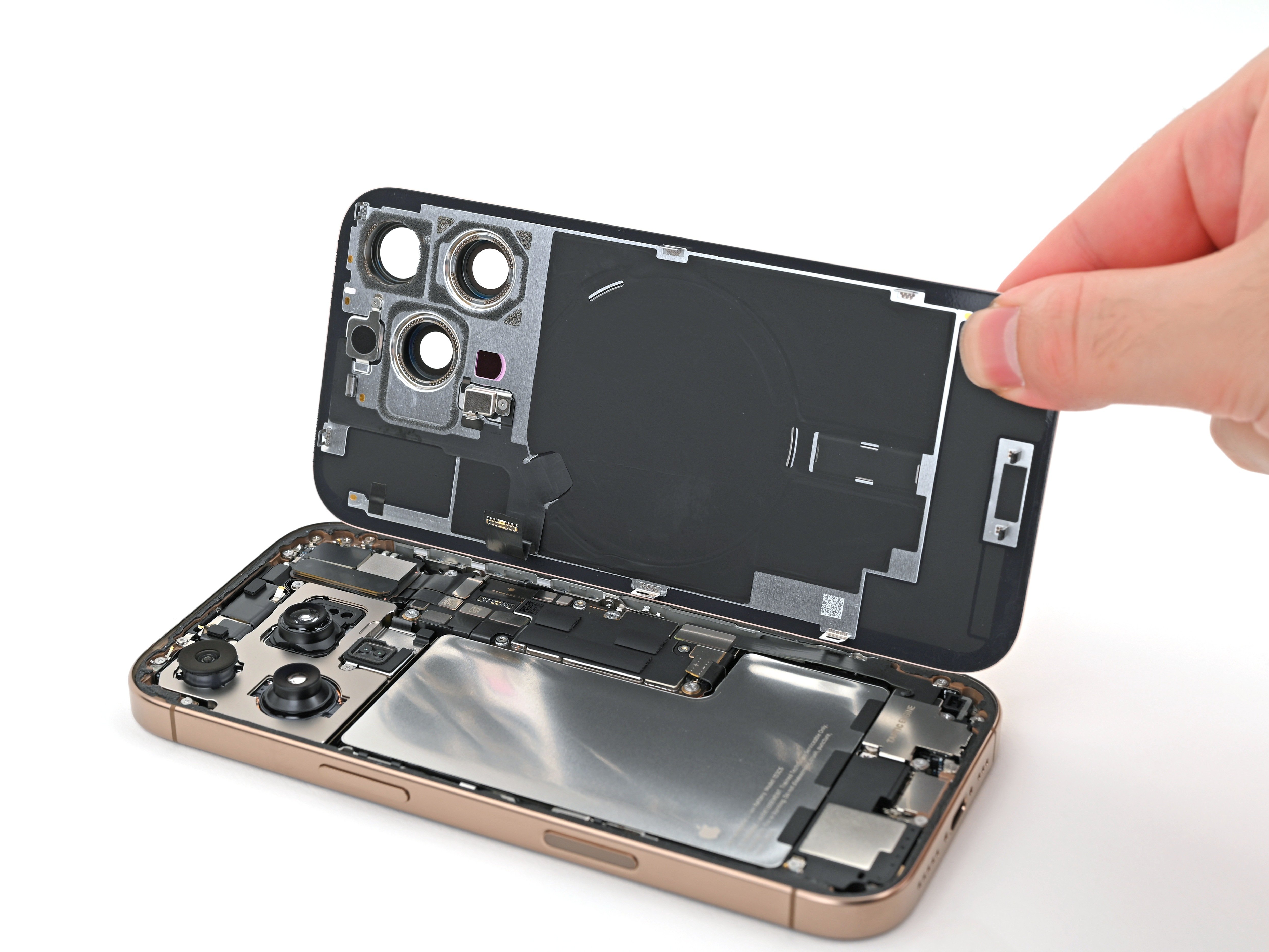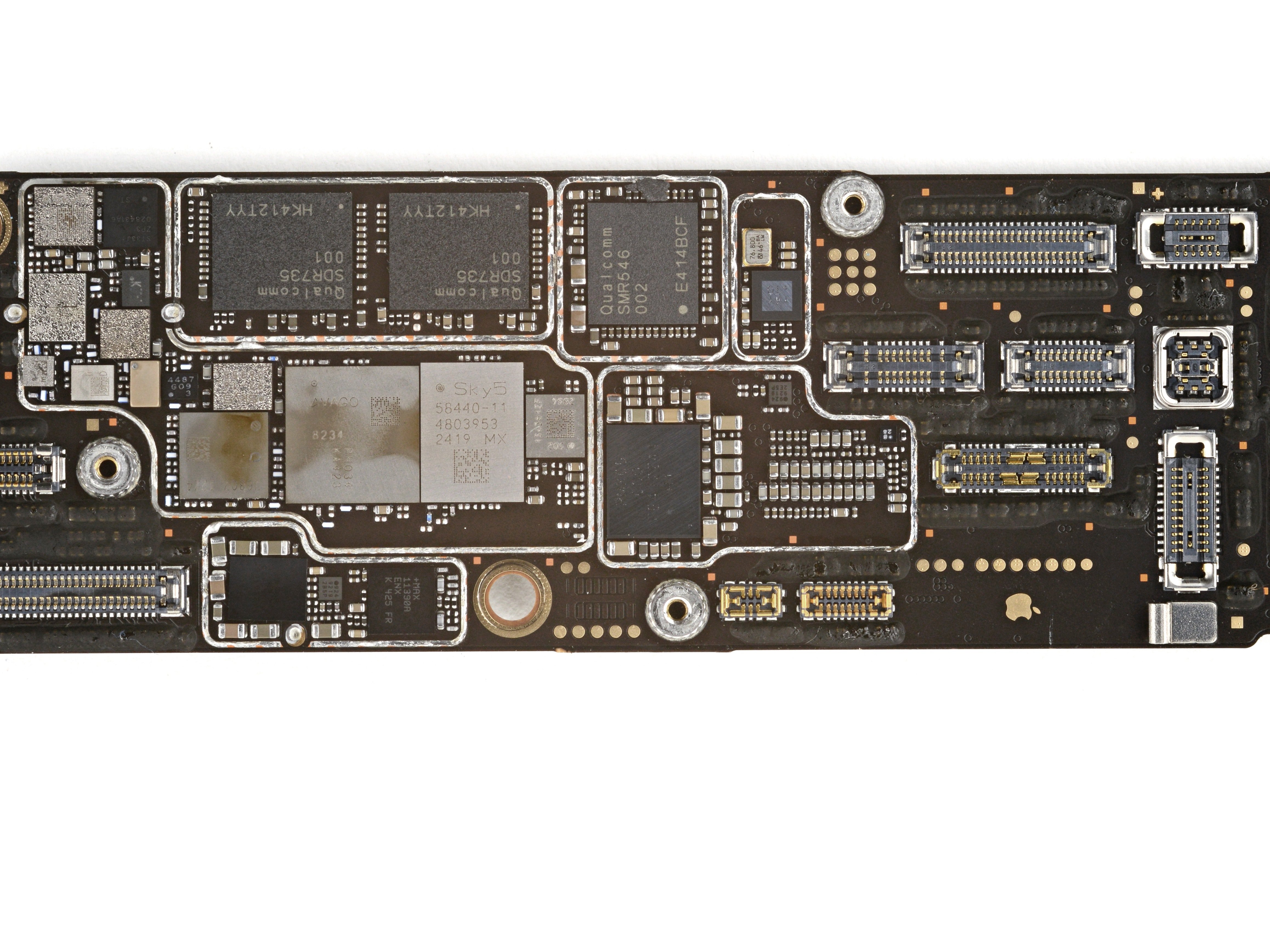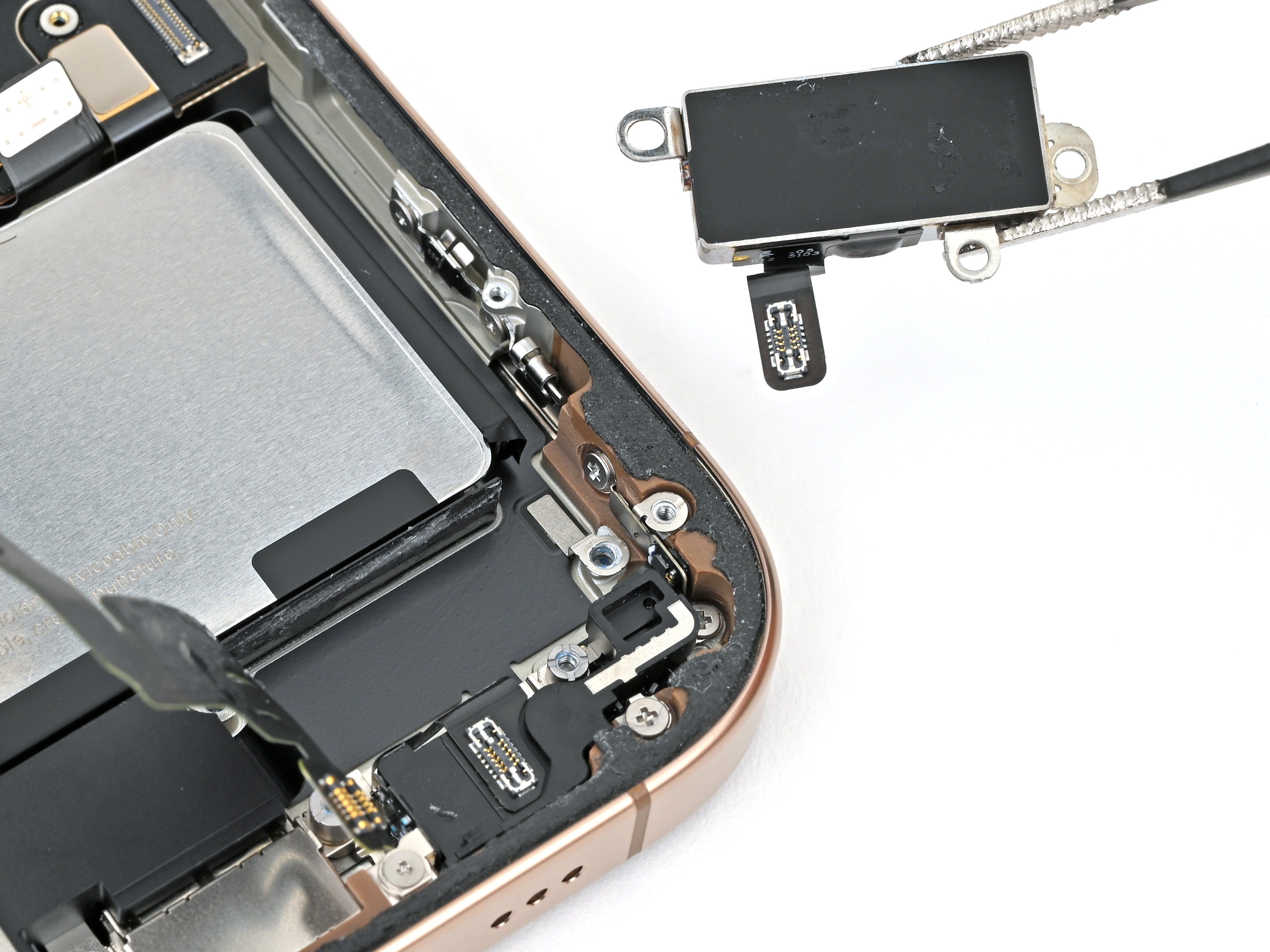iPhone 16 Pro Rear Cameras Replacement
Duration: 45 minutes
Steps: 28 Steps
Replacing the rear cameras on your iPhone 16 Pro is easier than you might think. If your camera is struggling to focus or your photos and videos are coming out blurry, this guide has got you covered. Don’t worry if it’s the selfie camera causing trouble — we’ve got a guide for that too! This assembly includes the wide, ultrawide, and telephoto cameras all in one neat package, perfectly matched to your logic board. After the repair, you’ll want to calibrate your new Apple replacement cameras using Repair Assistant. Oh, and don’t forget to grab some replacement back glass adhesive to finish things up.
Step 1
Let your phone’s battery drop below 25% before starting—fully charged lithium-ion batteries can be a bit of a safety wild card!
- First things first, let's disconnect any cables from your phone. It's time for some freedom!
- Now, grab the power button and either volume button, give them a good hold, and slide to power off your device. You're doing great!
Step 2
Ensure there's a nice flat spot near the bottom edge that's spacious enough for a suction cup to stick on.
- If your screen or back glass is cracked up real bad, grab some packing tape and cover the glass with overlapping strips. This will protect your hands and make the whole disassembly process a lot smoother. No need to worry, you'll handle this like a pro!
Tools Used
Step 3
Be careful not to insert the opening pick too far, as it might cause some damage to your device. To prevent that, mark your pick at the right spot!
Feel free to mark other corners of the pick with different measurements for extra precision.
Alternatively, you can stick a coin to your pick about 3mm from the tip. It’s a simple trick to keep things on track!
- Take a 3 mm measurement from the tip and mark the opening pick with a permanent marker—think of it as your repair GPS. This helps keep everything aligned perfectly during the process. If you need a hand, remember you can always schedule a repair for extra support.
Step 4
- Grab your trusty P2 pentalobe screwdriver and let's get to work! Carefully unscrew those two 7.4 mm-long screws flanking the USB-C port. They're just waiting for you to give them a little twist!
Step 5
Keep the heat in check—too much and the battery might throw a fit!
Or, if you like a little heat action, grab a hair dryer or heat gun and warm up the bottom edge of the back glass until it feels nice and toasty.
- Grab an iOpener and heat it up. Place it on the bottom edge of the back glass for about two minutes. Let the warmth do its magic, softening things up just right.
Tools Used
Step 6
- Grab a suction handle and stick it to the bottom edge of the back glass, just above the USB-C port.
- Give it a good pull with a consistent, firm grip to create a little space between the back glass and the frame.
- Slide the tip of an opening pick into that gap you just made.
Tools Used
Step 7
- Watch out! There's a fragile cable hanging out near the volume up button, connecting the back glass to the phone. Keep your pick away from this area so you don't accidentally slice through it.
- Keep your eyes peeled for those sneaky spring contacts all around the edge of your phone. Be super cautious not to push your pick in deeper than advised in each step, or you might bend those little guys.
As you gently peel away the adhesive holding the back glass, keep an eye out for these tricky spots: stay cautious around the edges and connectors to avoid surprises. If things get a bit stubborn, take your time—patience pays off. And if you feel like you could use a hand, remember you can always schedule a repair for expert help.
If the spring contacts get bent out of shape, gently coax them back into place using a spudger or opening pick. Just make sure they line up with their gold contact pads on the back glass—no need to force it, take your time. If you need help, you can always schedule a repair.
Tools Used
Step 8
Be gentle when inserting your pick at the bottom edge—go no deeper than about 5 mm to avoid jamming the spring contact. Take it slow and steady, and if you need a hand, you can always schedule a repair.
- Wiggle your pick back and forth along the bottom edge to break that sticky adhesive free!
- Keep your pick snugly in the bottom right corner to stop the adhesive from sealing back up.
Step 9
- Warm up the right edge of the back glass until it's pleasantly hot to the touch.
Step 10
Be careful not to cut too close to the volume buttons—it's a sneaky spot that could mess with the wireless charging or flash cable!
- Gently slide your pick around the bottom right corner and halfway up the right edge until you hit a firm stop at a clip holding the back glass in place.
- Keep that pick in there to stop the adhesive from snapping back together.
Step 11
- Warm up the left edge of the back glass until it feels comfortably hot to the touch.
Step 12
As you glide past, you'll hear and feel those metal clips pop free!
- Pop in a second opening pick at the bottom edge to get things started.
- Glide that pick around the bottom left corner and along the left edge of the screen, gently separating the adhesive and unlocking the metal clips along the way.
- Keep this pick inserted at the top left corner to stop the adhesive from sealing back up—no surprises there.
Step 13
- Gently warm up the top edge of the back glass, including around the volume buttons, until it feels comfortably warm to the touch. This helps loosen things up for the next step.
Step 14
Keep your pick no deeper than 3 mm along the top edge to dodge any spring contact mishaps.
You'll hear and feel satisfying clicks as the top two clips loosen and pop free.
- Gently glide your trusty opening pick along the top edge and around the top right corner, making your way to the volume up button to break free the adhesive.
Step 15
- Gently swing the back glass open towards the volume buttons, giving it a smooth, careful lift. Support the back glass with a clean, sturdy object like a small box to prevent undue stress on the cable. Then, carefully remove the opening picks to continue with the repair. If you need help at any point, you can always schedule a repair.
Hold on before removing the back glass entirely—it's still hanging on with a delicate ribbon cable. Keep calm and follow the next steps to do it safely.
If the back glass isn't giving way easily, don't be tempted to yank—go back around the edges with your pick and double-check for any hidden adhesive or clips that are still holding on. To keep the camera lenses safe while you're working inside, consider sticking some polyimide tape over them—no need to push against those tiny stabilizers! Sometimes, you might need to gently lift the back glass just a bit to free any stubborn clips and give it a smooth open. Remember, patience is key—if you're feeling stuck, you can always schedule a repair with Salvation Repair.
Tools Used
Step 16
- Grab your trusty tri-point Y000 screwdriver and let's get to work! Start by unscrewing the three screws that hold the lower connector cover in place:
- Two screws measuring 1.2 mm in length
- One screw that measures 1.0 mm in length
Tools Used
Step 17
- Gently grab the lower connector cover with tweezers or your fingers and lift it off.
Tools Used
Step 18
- Grab a spudger and gently pry up the battery press connector to disconnect it. When putting everything back together, carefully align the connector over its socket. Press down gently with your fingertip or the flat end of a spudger—start on one side, then the other—until you hear it click into place. Don't try to force it; if it doesn't seat easily, just reposition and try again. Need a hand? You can always schedule a repair if it gets tricky.
Tools Used
Step 19
- Grab a tri-point Y000 screwdriver and carefully unscrew the four screws holding down the upper connector cover:
- Two 1.0 mm‑long screws,
- One 1.2 mm‑long screw,
- And one 1.6 mm‑long screw.
Tools Used
Step 20
- Grab some tweezers or just use your fingers to carefully lift and take off the upper connector cover.
Tools Used
Step 21
- Gently use the tip of a spudger to lift and disconnect the back glass press connector.
Tools Used
Step 22
- Gently lift off the back glass from the frame and set it aside. During reassembly, this is a perfect moment to give your work a quick test: temporarily reconnect the battery and back glass (before sealing it with adhesive), power on the device, and check that everything's functioning properly. Once confirmed, power down, disconnect the battery, and proceed with the reassembly. Use this guide to reapply adhesive and carefully install the back glass. If you need help, you can always schedule a repair.
Step 23
- Grab a spudger and gently pry up to disconnect the LiDAR sensor's press connector. Keep it careful and steady—no force needed, just a little wiggle to free it up. If you need a hand with anything, you can always schedule a repair.
Tools Used
Step 24
- Grab your Phillips screwdriver and carefully unscrew the two screws holding the LiDAR sensor in place:
- One screw measures 1.7 mm in length
- The other is a 3.0 mm-long screw
Step 25
- Grab your fingers or a pair of tweezers and gently lift out the LiDAR sensor. Keep it careful and steady—you're almost there! If you need help, you can always schedule a repair.
Tools Used
Step 26
- Gently use the tip of a spudger to pry apart the first rear camera connector.
- Now, carefully unplug the second camera connector right beneath the first one.
Tools Used
Step 27
- Grab your Phillips screwdriver and loosen the two screws holding the rear cameras in place:
- One screw that’s 2.9 mm long
- One screw that’s 3.8 mm long
Step 28
- To put your iPhone back together, just follow these steps in reverse.
- Once your repair is done, be sure to calibrate any genuine replacement rear cameras using Apple's Repair Assistant. Just go to Settings → General → About → Parts & Service History, tap Restart & Finish Repair, and follow the prompts on screen.
- Don’t forget to recycle your e-waste responsibly by taking it to an R2 or e-Stewards certified recycler.
- If things didn’t go exactly as planned, try some basic troubleshooting or visit our iPhone 16 Pro Answers Community for some extra tips.
- Need a hand? You can always schedule a repair with us.
